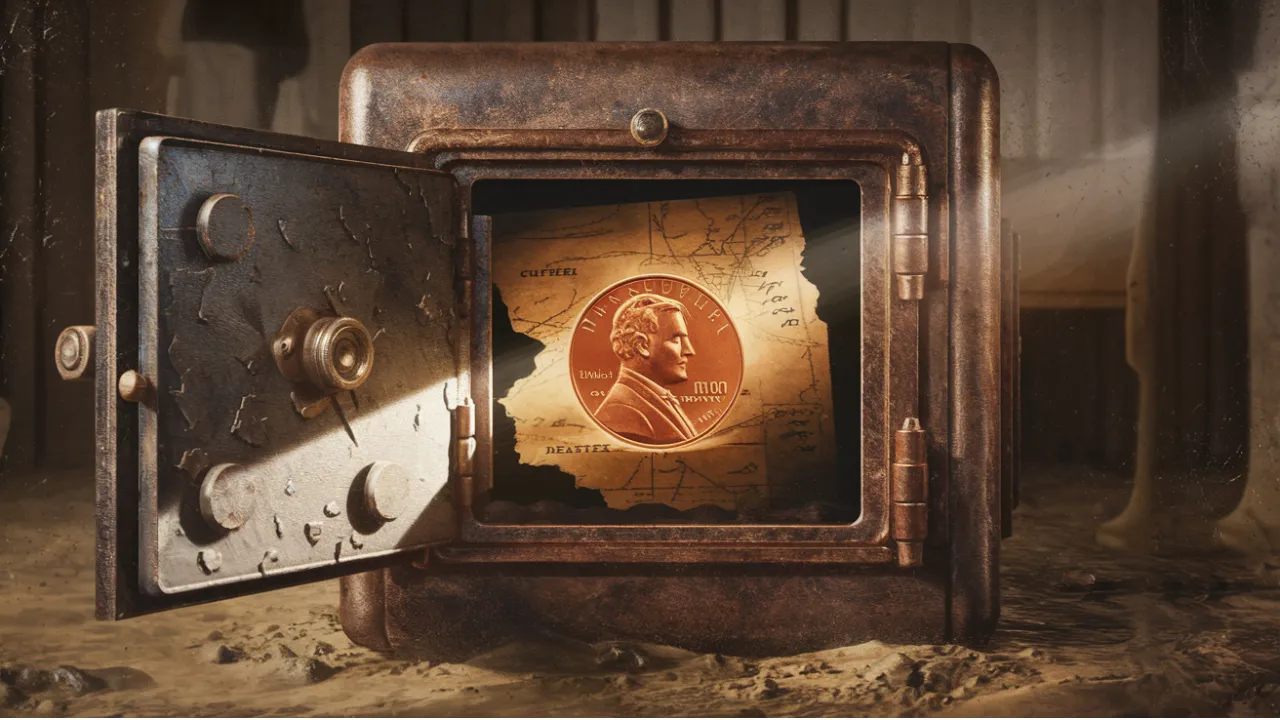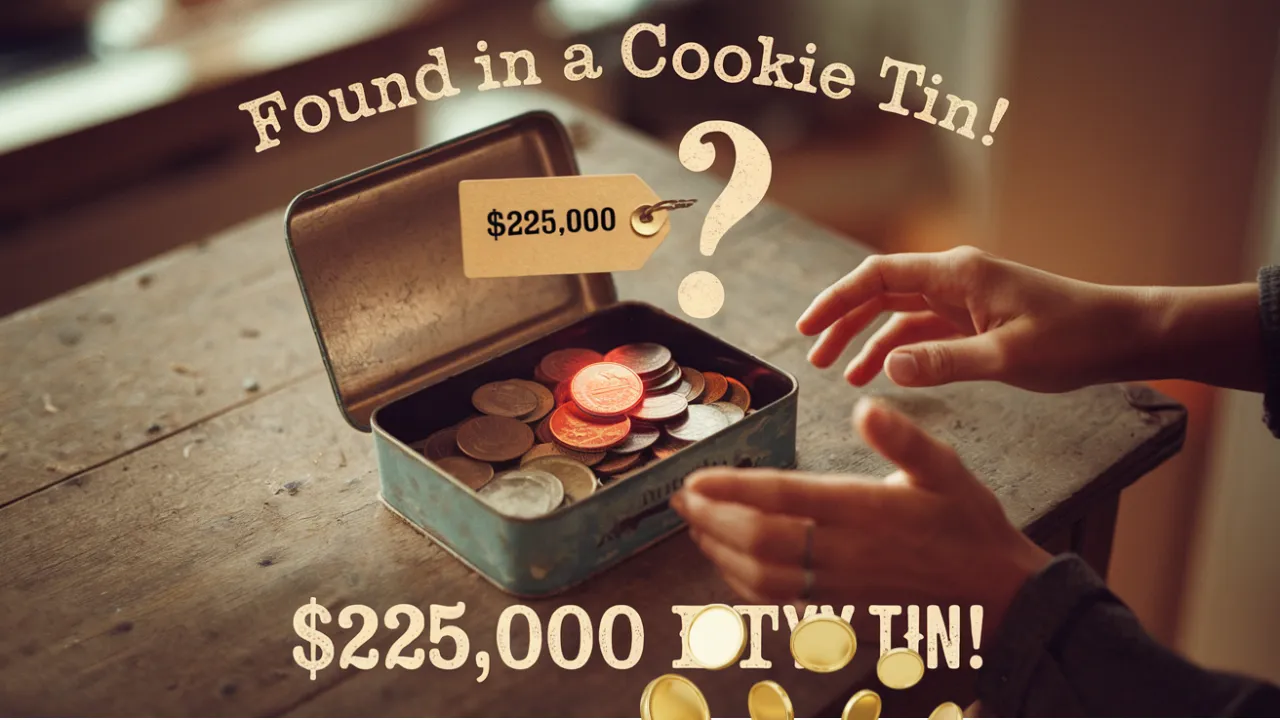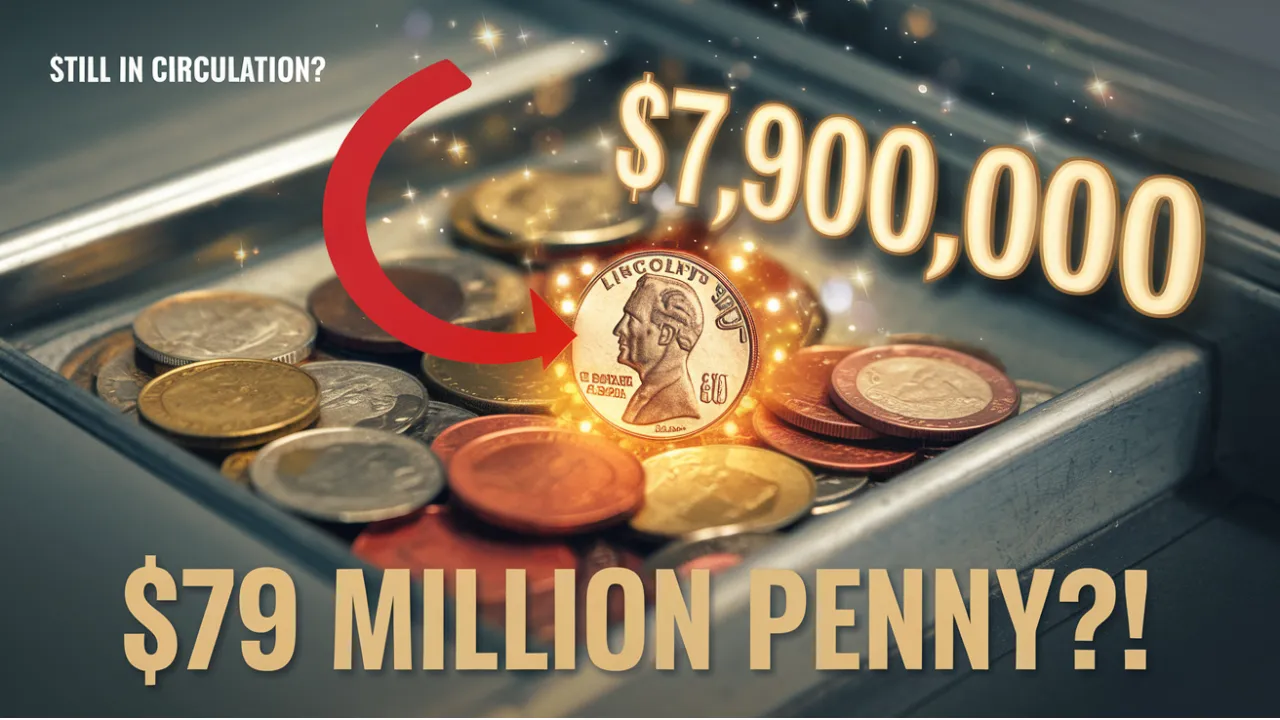Hidden Lincoln Penny: A routine cleanup in a long-forgotten farmhouse has turned into a moment of surprise and excitement for the coin-collecting world. At the heart of this story is a Lincoln Penny, found tucked away in an old safe that hadn’t been opened in decades. What looked like a regular coin turned out to be something far more valuable—and far more fascinating.
This rare discovery has captured the attention of collectors and everyday people alike. The coin, a 1943 copper Lincoln Penny, is one of the most valuable errors in American coin history. This article takes you through the story behind the find, why it matters, and what it means for others who might have hidden treasures in plain sight.
Quick Overview of the Discovery
| Detail | Information |
| Location Found | Abandoned farmhouse in the Midwest |
| Who Found It | Property restoration team |
| Where It Was Hidden | Inside a locked metal safe in the basement |
| What Was Found | 1943 copper Lincoln Penny |
| Why It’s Rare | Most 1943 pennies were steel; copper versions are accidental |
| Estimated Worth | Over $100,000 |
| Public Reaction | Surge in interest in coin collecting |
The Moment That Changed Everything
The old farmhouse was quiet, dusty, and falling apart—set for demolition after years of being abandoned. As the cleanup crew went through what was left of the building, they came across a heavy, rusted safe tucked behind broken crates in the basement. It took hours to pry open, but what they found inside made it all worth it.
Among old papers, photographs, and some forgotten trinkets, they discovered a small velvet pouch. Inside it was a single Lincoln Penny. At first glance, it didn’t seem like much—just another coin from decades past. But one team member, who had a background in coin collecting, instantly recognized the penny’s unusual features.
What Makes the 1943 Copper Lincoln Penny So Special?
In 1943, the U.S. Mint switched from copper to steel for penny production to save copper for World War II efforts. However, a few copper blanks accidentally got into the machines, creating a rare error. These copper versions are incredibly scarce, with only a small number ever confirmed to exist.
The penny found in the farmhouse matched the signs of this rare error. It wasn’t magnetic, which meant it wasn’t steel, and it had the reddish color typical of copper. Once the coin was examined by experts, its authenticity was confirmed, and its value estimated at well over $100,000.
A Dream Find for Coin Collectors
For collectors, this isn’t just an exciting find—it’s the kind of story that fuels their passion. A coin like this doesn’t just have monetary worth; it carries historical significance and emotional appeal. It connects people to a moment in time and reminds them that history can resurface in surprising ways.
The discovery has sparked conversations in coin-collecting circles across the country. It’s led many to recheck their own collections or search through boxes of old change that might have been forgotten. It’s also a powerful example of how small details—like the color or weight of a coin—can reveal something extraordinary.
Why This Story Resonates with Everyone
You don’t have to be a collector to feel inspired by this story. It taps into the everyday possibility of discovery. Many families have jars of old coins passed down through generations, rarely examined or appreciated. This event is a reminder that hidden gems may be closer than we think.
Stories like this give people a reason to look again at what they thought was ordinary. Even if most coins turn out to be common, the idea that a single overlooked penny could be worth thousands is enough to ignite a little wonder.
Important Facts About the Rare Lincoln Penny
- Most 1943 pennies were made of steel to preserve copper for war production.
- Copper 1943 pennies were created by mistake, making them incredibly rare.
- Genuine copper versions won’t stick to a magnet and have a different weight and feel.
- Only a few are known to exist, and each one can be worth over $100,000 or more, depending on condition.
- Cleaning the coin can reduce its value, so it’s best to leave it untouched and have it appraised.
What to Do If You Think You Have a Rare Coin
- Check the year and material: If you have a 1943 Lincoln Penny, test it with a magnet. If it doesn’t stick and looks copper, it could be something special.
- Don’t clean it: Cleaning old coins can damage them and reduce their value. Let an expert handle it.
- Have it professionally examined: Reach out to certified coin dealers or numismatists who can verify its authenticity.
- Store it safely: Protect it from moisture and handling to preserve its condition.
FAQs
What is the 1943 copper Lincoln Penny worth today?
Depending on condition, some examples have sold for over $100,000. Pristine versions may fetch even more.
Why were copper pennies made in 1943 if the Mint used steel?
It was an accident. A few copper blanks from the previous year were still in the machines and were struck unintentionally.
How can I tell if my 1943 penny is copper?
Copper pennies won’t stick to a magnet and have a reddish-brown tone. Steel pennies are silver in color and magnetic.
Are there other rare Lincoln Pennies?
Yes, including the 1955 double die penny and some misprint or mint error coins.
Where can I get my coin appraised?
Visit a certified coin dealer or send your coin to a professional grading service like PCGS or NGC.
Final Thought
The story of the rare Lincoln Penny hidden away in an old farmhouse safe isn’t just about a lucky find—it’s about the power of history, the thrill of discovery, and the treasures that may be hiding all around us. Whether you’re a seasoned collector or someone who hasn’t looked at a coin jar in years, this is your sign to take a closer look.
Have your own coin story to tell? Share it in the comments or start exploring your collection today. Who knows—you might just uncover your own hidden treasure.









